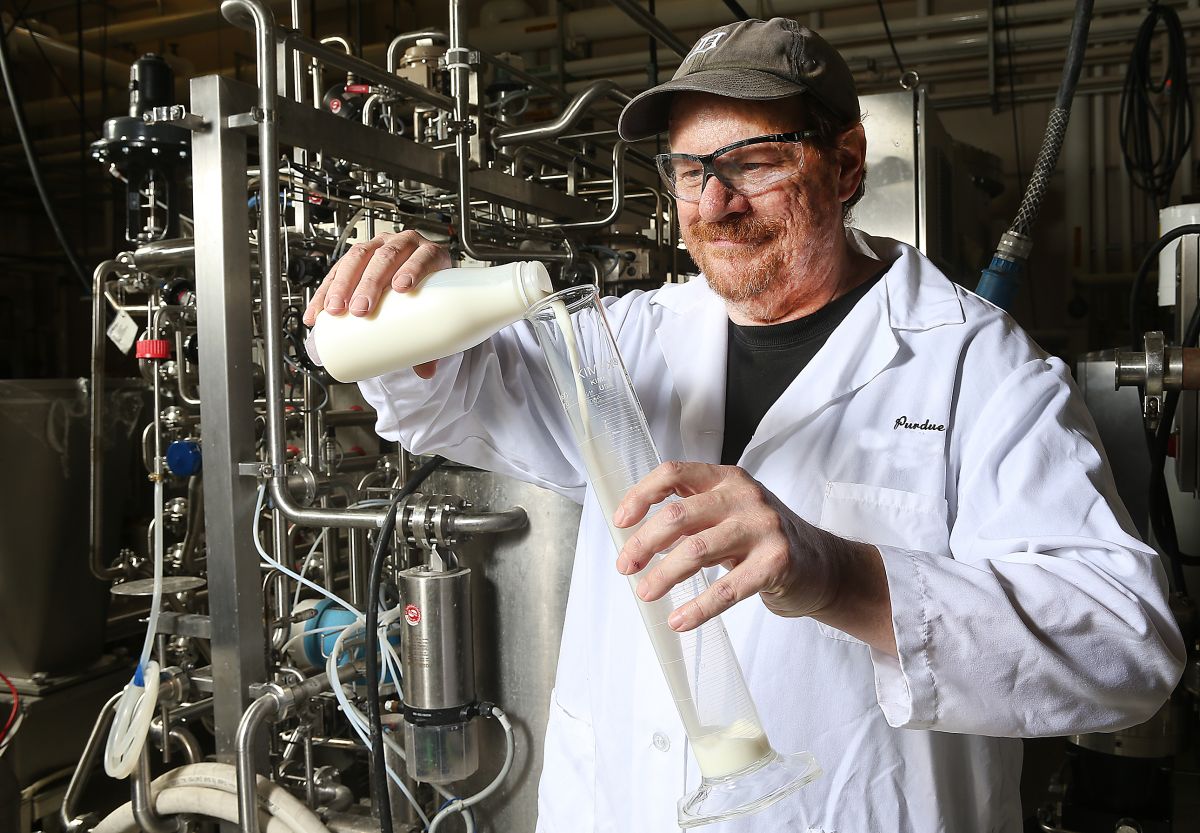
There has been a number of discoveries in extending the shelf life of liquid milk in recent months.
Recently, researchers at Purdue University and University of Tennessee in the US found that by rapidly raising and lowering the temperature of milk by 10 degrees celsius, it could remove 99% of the bacteria still remaining after pasteurisation.
"It’s an add-on to pasteurization, but it can add shelf life of up to five, six or seven weeks to cold milk," Bruce Applegate, Purdue associate professor in the Department of Food Science, said.
In other words, this is an addition to pasteurisation that can potentially extend milk’s shelf life to almost nine weeks without affecting the taste, colour or smell of the product.
Pasteurization, which removes significant amounts of harmful pathogens that can cause illness and eventually spoil dairy products, is considered a high-temperature, short-time method.
Developed by Louis Pasteur in the 19th century, the treatment gives milk a shelf life of about 2-3 weeks.
The low-temperature, short-time (LTST) method in the Purdue study sprayed tiny droplets of pasteurized milk, which was inoculated with Lactobacillus and Pseudomonas bacteria, through a heated, pressurized chamber, rapidly raising and lowering their temperatures about 10 degrees Celsius but still below the 70-degree Celsius threshold needed for pasteurization.
The treatment lowered bacterial levels below detection limits, and extended shelf life to up to 63 days.
Other recent innovations include a company based in Australia developing a technology that extends the shelf life of milk to 100 days, allowing it to be exported to Asia.
While other researchers in the US found that exposing milk to LED lights had a negative impact on quality, with the researchers concluding that light exposure is a much greater factor in explaining deteriorating milk than age.
Consequently, with such innovations, the potential to export milk and minimise wastage could increase, without quality suffering as a result.
